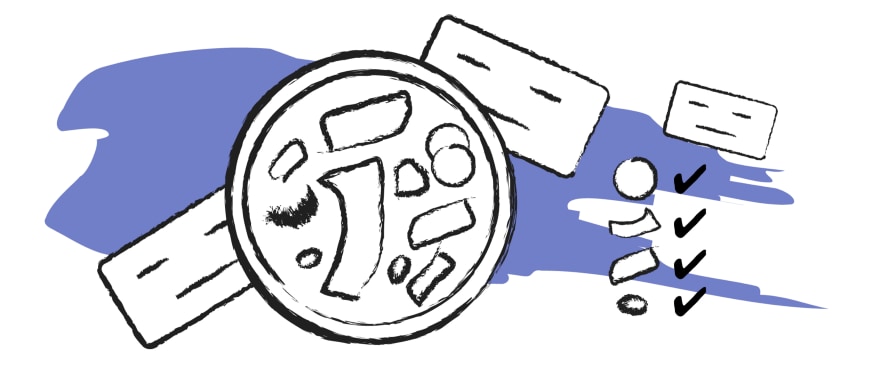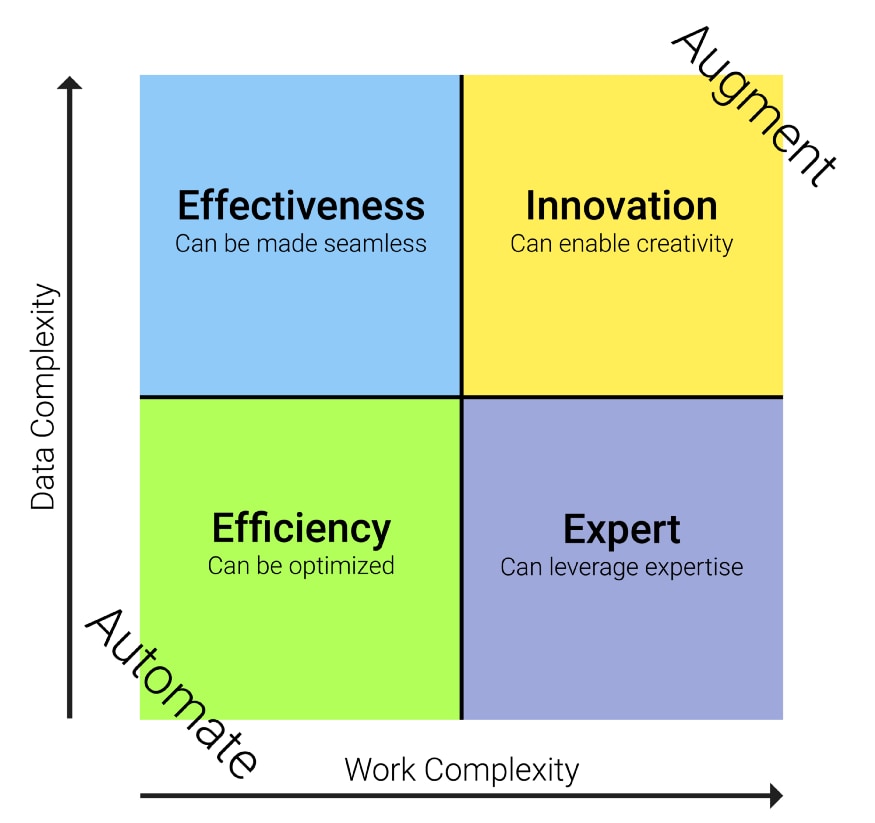Table of contents
- Domino’s Pizza employs several AI strategies
- Self-driving pizza delivery
- Ordering pizza with an AI assistant
- Ensure pizza quality with expert AI
- AI across the organization
Domino’s Pizza employs several AI strategies
What is the first company that comes to mind when you hear the word artificial intelligence (AI)? DeepMind ? OpenAI? Boston Dynamics? Well, whatever company comes to mind, it’s most likely not Domino’s Pizza. But the international pizza chain is a compelling case study for AI.
The adoption of AI at Domino’s Pizza is astounding. Most of the reason I think so stems from the fact that the company is in the category of companies least likely to adopt AI. Founded in the 1960s, the company is a multinational, non-technical company with a streamlined value chain and a dominant market position. As readers may know, companies with these characteristics tend to lag behind in digitization.
Adoption of AI can be a major challenge for large companies optimizing their value chains. This is because the process often needs to be fundamentally reworked. That’s why it’s important to introduce AI solutions step-by-step and use the right AI strategy for each activity.
The other day, I posted an article about AI business strategy . If you haven’t read it yet, I encourage you to check it out , but again, I’ll give you an overview of AI strategy execution.
AI can improve any activity, either through automation or augmentation. Automation is removing humans from an activity, augmentation is empowering humans in an activity. Automation and augmentation are measures in classifying the four AI strategies. Every AI solution in the world fits into one or more of these four AI strategies.
- Efficiency strategy where activities are optimized through automation.
- An effectiveness strategy that allows for easier communication by making the activity seamless.
- Expert strategy where AI empowers decision-making.
- An innovation strategy where AI enables creativity.
As you can see, Domino’s Pizza employs at least three of these four AI strategies. Below, I will explain the three AI implementations that the company has done, and finally let’s take a look at the big picture.
・・・

Self-driving pizza delivery
It’s no secret that taxi, bus and truck drivers will be affected by self-driving cars, but autonomous vehicles will impact many other industries as well. deaf. In the case of Domino’s Pizza, it could affect how pizza is delivered.
For these reasons, Domino’s Pizza launched a pilot program for autonomous pizza delivery in 2019 . The company has partnered with autonomous vehicle startup Nuro. Nuro offered an electric self-driving car with doors locked with a PIN code. The PIN code is only given to the person who ordered the pizza, so even if you tried to be a pizza thief, you couldn’t grab a pizza that wasn’t yours. The program started in Houston, but Domino’s plans to roll it out fully over the next few years.
・・・

Ordering pizza with an AI assistant
How will readers order pizza? These days, if you want to get in touch with a pizzeria, you have quite a few options. To name a few:
- call the restaurant.
- Download a dedicated food delivery app on your smartphone and order from there.
- Go to the food delivery website (or the pizzeria’s own website, if you have one) in your web browser.
- Physically visit a pizzeria and order there.
- Use AI-powered chatbots.
Of the five options above, the fifth is a recent invention. Plus, it’s also the fastest option.
Using any of the apps you’ve already downloaded (like Facebook, Twitter, etc.), you can send a simple message like “send me a favorite” or talk to the company’s chatbot to get pizza. can be ordered. Users can order products faster than ever without downloading additional apps. Some chatbots can remember your address and credit card details so you don’t have to provide them.
Readers probably know where the Domino’s Pizza chatbot works. In fact, the company offers an AI chatbot for pizza ordering . Amazingly, it has developed an AI ordering assistant for virtually any platform. Users can order pizza via Google Home, Amazon Alexa, Slack, Twitter, Facebook Messenger, text messages, smartwatches, and even Ford Sync and Samsung Smart TVs. AI takes orders fully autonomously, so there is no need to interact with humans when ordering. Users can save their favorite orders and complete them with just a few words.
・・・

Ensure pizza quality with expert AI
Domino’s also uses AI to extend the capabilities of its chefs to consistently produce better pizzas. The company has noticed that customers are taking photos and sharing them on social media of unattractive pizzas with mismatched or incorrect toppings.
To combat this, we have started using a machine learning AI called DOM Pizza Checker . The AI takes pictures of every pizza prepared by a restaurant chef, analyzes them, and grades them based on various criteria. For example, DOM Pizza Checker checks whether the toppings and cheese are spread evenly and whether the selected ingredients match the type of pizza.
If the pizza is not up to standard, the AI will ask the chef to remake it. A photo is sent to the customer after the pizza is made to their satisfaction. In this way, the customer is assured that there will be no unwanted surprises when the pizza arrives.
Domino’s Pizza has teamed with Dragontail Systems to develop AI. It took two years to launch the first version, but now it’s self-improving, learning from every pizza image it scans every day.
・・・

According to Jacob Bergdahl, the author of this article, in his Medium article, ” Four Business Strategies for Implementing Artificial Intelligence, ” the above four AI strategies are effective . It is preached that we should choose activities that demonstrate Activities corresponding to these four AI strategies can be analyzed along two axes: data complexity and job complexity (see chart below). According to this analysis, the correspondence between AI strategies and the activities to which they should be applied is summarized in the table below.
Correspondence table between AI strategies and operations
| Activity characteristics | Corresponding AI strategy |
| Simple data to process, simple job | Efficiency strategy for automating activities (bottom left of graph). |
| The data to process is complex, but the job is simple | Enablement strategy to make activities seamless (top left of graph) |
| The data to process is simple, but the job is complex | Expert strategy to support decision-making in activities (bottom right of graph) |
| The data to be processed is complicated, the work is also complicated | Innovation strategy in which humans and AI work together to carry out creative activities (upper right graph) |

AI across the organization
The three different AI application cases above are also the corresponding AI strategies put into action.
Efficiency Strategy: Delivering pizza by self-driving car is an example of fully automating one activity in the value chain.
Enabling Strategy: Make the activity seamless by using AI assistants to take orders. This measure streamlines communication and automates processes.
Expert Strategy: Augmenting Chef Capabilities with Image Recognition AI. The AI that scans each pizza slice is a perfect example of using expertise.
Three different processes in the Domino’s Pizza value chain were improved by artificial intelligence executing three different strategies. These improvements were purpose-optimized activities in the value chain.
- A customer orders a pizza through an AI assistant.
- Pizza is cooked by cooperation between humans and AI.
- It ended up being delivered by an autonomous AI-powered vehicle.
Domino’s has been experimenting with and testing AI without completely replacing the old process. The company worked on such AI measures company-wide, adopting AI for different business activities in various regions. And they have realized the value that comes from choosing the right AI strategy for each business process.
A good approach to implementing AI is to first examine the value chain processes and analyze how AI can improve a particular activity. AI is then implemented for each activity.

